Wool is a fantastic material to upcycle because it is durable, warm, and can easily be felted, which makes it ideal to upcycle a pretty wool sweater you found at your local thrift store.
Additionally, wool has great insulation properties and is moisture-wicking, making it a great choice for winter (and summer!) clothing. With a little bit of creativity and some DIY skills, you can transform a thrifted wool sweater into a stylish upcycled garment that looks brand new. Plus, by upcycling thrifted wool sweaters, you’re also reducing waste and making an budget-friendly choice.
This post may contain affiliate links. That means I make a small commission for purchases made through these links, at no extra cost to you. All opinions are my own. You can read my full disclosure here.
Upcycling is the process of transforming old, second-hand or worn-out items into something new and useful, giving them a second life. Upcycling your old wool sweaters helps to reduce the amount of waste and the resources needed to create new products. I love to shop at thriftstore because there’s always something to find. You can find the most luxurious, quality items for a fraction of the price of their brand new equivalents. Let’s start and see what to do first.
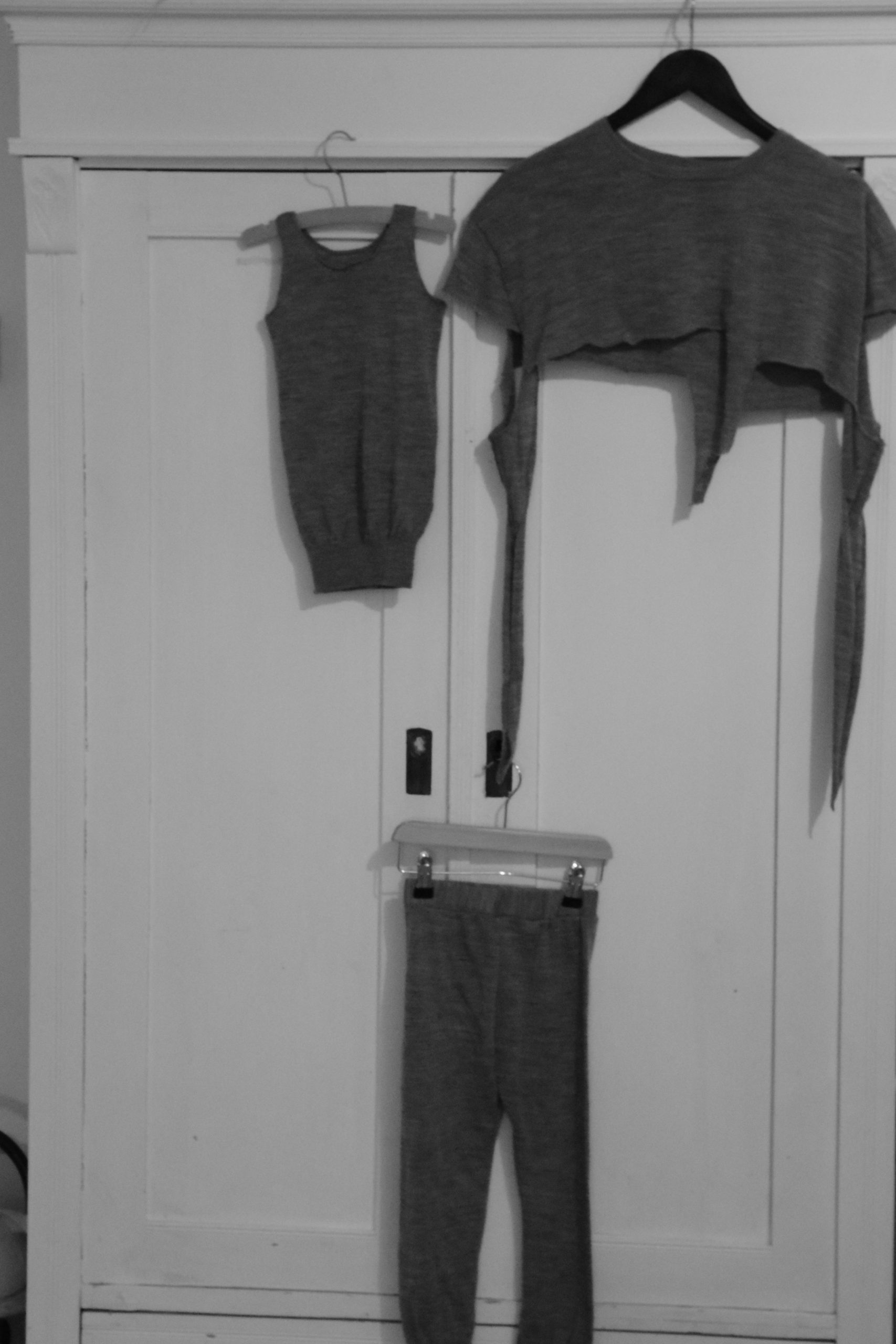
Upcycling a Wool Sweater: An Easy Way to Get Started
If you’re new to upcycling, a wool sweater is a great item to start with. It’s versatile, easy to work with, and provides endless possibilities for creative projects. By upcycling a wool sweater, you can save money. Wool mittens for instance are pretty expensive when bought new. I was able to make wool mittens for all of our children from one wool fleece blanket I bought at the thrift store. And there was still a lot of wool fabric left for other projects.
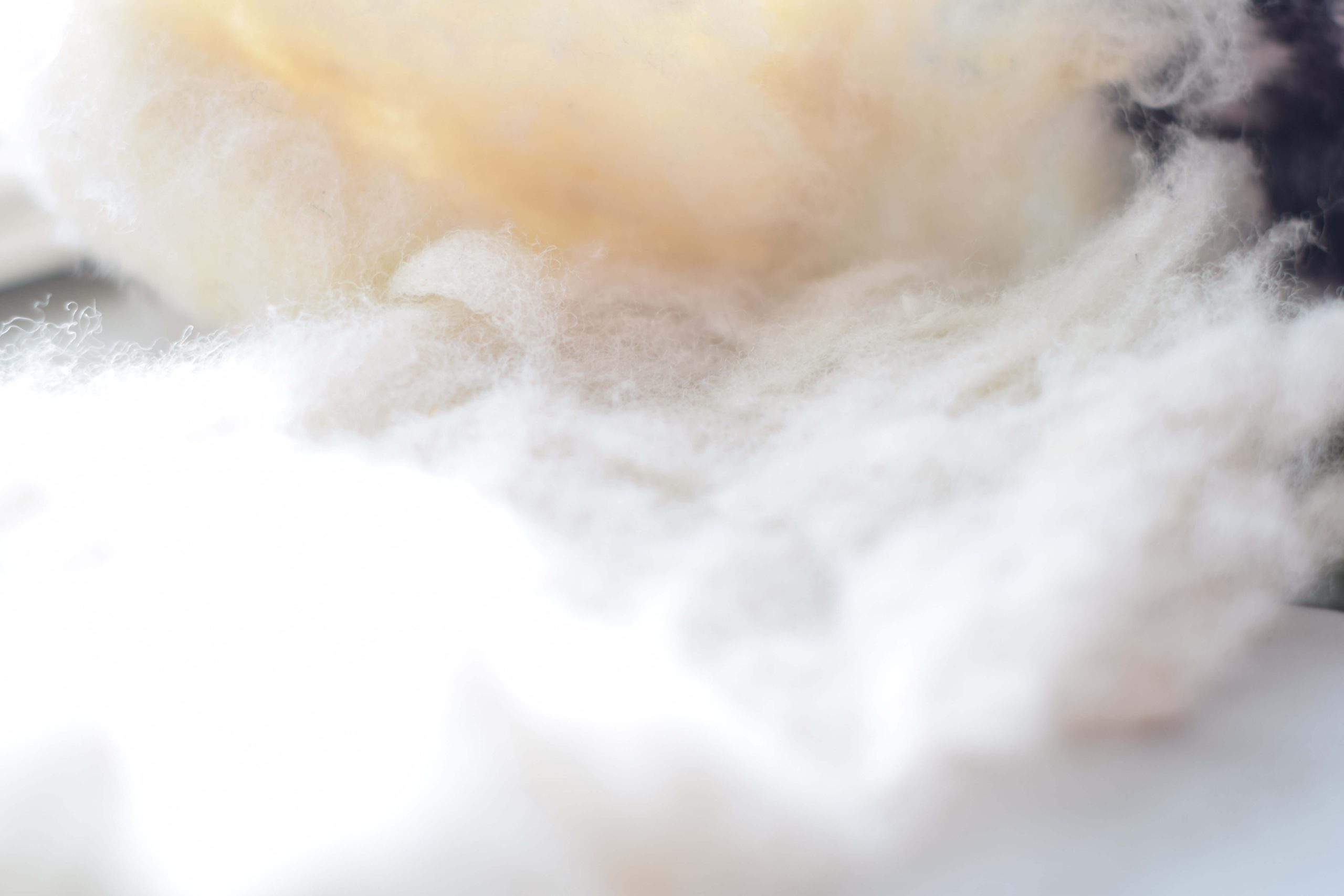
Benefits of Upcycling a Thrifted Wool Sweater
Upcycling your old wool sweater offers several benefits, including:
- Reducing waste: Rather than discarding your old sweater, or buying a brand new one while there are so much already in thrift stores, upcycling it gives it a new life and reduces waste.
- Saving money: Upcycling is a cost-effective way to create something new without spending money on new materials.
- Promoting creativity: Upcycling allows you to use your creativity to transform an old item into something new and unique.
- Supporting sustainability: By upcycling, you’re contributing to a more sustainable lifestyle and reducing your impact on the environment.
Now that we understand the importance and benefits of upcycling, let’s explore some creative ways to upcycle your old wool sweater.
How to freshen up an old wool sweater?
Washing the Wool Sweater
Before upcycling an old wool sweater, it’s important to freshen it up. Especially if you found it at the thrift store or if it has been sitting in your closet for a while. One of the easiest ways to do that is by washing the sweater on a wool wash program using wool-safe detergent. If you have only one wool sweater I’d suggest you wash it by hand. Here’s how to wash it by hand:
- Fill a basin or sink with lukewarm water and add wool-safe detergent.
- Soak the sweater in the water for 5-10 minutes, gently agitating it to ensure all parts of the sweater are cleaned. Stains can be treated with ox-gall soap.
- Drain the water and refill the basin or sink with fresh lukewarm water. Gently agitate the sweater in clean water to rinse away any remaining soap.
- Drain the water and gently press the sweater to remove excess water. Don’t wring or twist the sweater, as this can cause damage.
- Lay the sweater flat on a clean towel and roll the towel up to remove any remaining moisture. Repeat with a second towel if necessary.
- Allow the sweater to air dry on a flat surface away from direct heat or sunlight.
More in-depth tips on how to wash wool can be found in this blog post.
Repairing Moth Holes and Stains
Another important step in freshening up an old wool sweater before upcycling it is to repair any moth holes or stains. If you’re making something smaller out of your sweater, you could cut the pieces in a way that leaves you with the stained piece as a scrap piece, and just not use that part. Here are some ways to repair a hole or treat a stain.:
For moth holes, use a specialty wool needle and matching yarn to darn the hole or cut out the damaged section of the sweater and sew a patch of matching wool fabric over the hole. You could also embroider something pretty over the hole, like a flower or a leaf.
For stains, use a wool-safe stain remover or just ox gall soap. If the stain is particularly stubborn, try soaking the affected area in a solution of lukewarm water and ox gall soap for a few hours before washing the sweater.
Giving New Life to Old Clothes: Felted Wool Sweater Upcycling

If you have felted wool sweaters that you’re not sure what to do with, don’t throw them away! There are plenty of creative ways to upcycle them into something new and useful.
One great way to use felted wool sweaters is to create pot holders. Simply cut the sweater into squares or circles and stitch around the edges to create a finished edge. These pot holders are not only functional, but they also add a cozy and rustic touch to your kitchen. If your sweater is particularly felted you don’t even have to finish the edge as it will not unravel because it’s felted.
Another fun way to use felted wool sweaters is to make mittens. Trace a mitten shape onto the sweater and cut it out, leaving a seam allowance around the edges. Then, sew the two pieces together and you have a pair of warm and cozy mittens for the cold winter months. The bottom of a sweater is particularly suitable for this. If you cut the mittens in a way that the bottom of the sweater will be the part that covers the wrists.
If you have a furry friend at home, you can also use felted wool sweaters to make a pet bed. Cut the sweater into large pieces and sew them together to create a cozy and soft bed for your pet. Stuff with carded wool and your pet will love you even more. Or cat, Jones, always finds the best places to sleep and if there’s a wool sweater or blanket he will always choose that, even over a cartboard box. If you’re a cat owner you know how much they love empty boxes.
The beauty of working with felted wool is that you don’t have to worry about the raw edges fraying. This means you can cut and sew the material into any shape you desire without the need for hemming or finishing the edges. Although finishing the edges can give it a more finished look.
With these creative ideas for upcycling felted wool sweaters, you’ll be able to give new life to old clothes while also reducing waste. Do you have any future projects in mind using upcycled sweaters? Let me know in the comments section below!

What to do with an old cashmere sweater?
Cashmere is a beautiful and luxurious fabric that is often found in high-end clothing items. If you have an old cashmere sweater that you no longer wear, don’t toss it just yet! There are plenty of creative ways to upcycle it into something new and useful.
One simple way to upcycle a cashmere sweater is to turn it into a pillow cover. This is a great way to add a touch of luxury to your home decor while also repurposing an old item. Simply cut the sweater into two large pieces, sew them together along the side seams. Either sew in a zipper or cut two larger pieces for the back side that overlap. Next, insert a pillow form.
Cashmere is also great to use for making headbands. They’re super soft and warm for colder winter months.
Another fun way to upcycle a cashmere sweater is to turn it into a gift card holder. This is a great way to give a gift card to someone special while also being environmentally conscious. Simply cut a rectangular shape out of the sweater, fold it in half, and sew the sides together. Add a button or snap closure or use a piece of cotton ribbon and you have a unique and stylish gift card holder.
When working with cashmere, it’s important to use a sewing machine with a smaller needle with a rounded point to avoid damaging the delicate fabric. It’s also a good idea to hand-wash the sweater beforehand to prevent any shrinking or damage during the upcycling process. You could also use a serger to work with cashmere.
Something to consider, since you’re working with such a beautiful and delicate fabric I would suggest you either use wool when sewing by hand or a cotton thread when you use a sewing machine. Using all-purpose polyesther thread will do, but frankly I think it takes away from the beauty of the fabric. I have a list of natural sewing materials if you want to learn more about natural alternatives for sewing.
Do you have any other ideas for upcycling a cashmere sweater? Share them with us in the comments section below!
Upcycling Ideas for Sweater Sleeves and Knit Pieces
If you have old sweater sleeves or knit pieces lying around, consider upcycling them into something new and useful. One great way to use them is to create a cozy hooded scarf that’s perfect for staying warm in colder months. Simply sew the sleeves together and attach a knit piece to the top for a hood.
Create a Hooded Scarf or a Knit Vest
Another idea is to turn a knit piece into a stylish knit vest. Cut the piece into the shape of a vest, leaving enough fabric for a seam allowance, and sew the edges together with a sewing machine. Add buttons or a zipper for closure, and you’ve got a new piece of clothing without spending a dime.
Leggings
If you have little ones, the sleeves are perfect for making a pair of leggings. They’re still long enought for baby’s legs and will have a finished bottom edge already!
Use the Finished Edge for a Top or Bottom Layer
If you have a larger piece of the sweater left over, consider using the finished edge to create a top or bottom layer for a new project. For example, you can use it as the top layer of a coffee cup cozy or the bottom layer of a pot holder. Simply cut the sweater to the desired shape and size and sew it onto the project using your sewing machine or serger
Sew the Pieces Together with a Yarn Needle and Wool Yarn
To attach the pieces together, use a yarn needle and wool yarn to sew them. If you have short strands of yarn left over from other projects, this is a great way to use them up. Not only will you be upcycling old sweater pieces, but you’ll also be using up craft supplies that might otherwise go to waste.
In the comments section below, let me know your favorite upcycling ideas for sweater sleeves and knit pieces. I always love hearing about new and creative ways to repurpose old clothes!
You might like…
Click on the blog post titles below for more tips and natural living ideas!
Conclusion for upcycling a thrifted wool sweater
In conclusion, upcycling old sweaters is a great way to give them new life and reduce textile waste. With a little bit of creativity and some basic sewing skills, you can turn thrifted sweaters or old clothes into new, useful items for your home and family. From creating pot holders and pet beds with felted wool sweaters to turning cashmere into pillow covers or gift card holders, the possibilities reach as far as your creativity.
So next time you come across an old sweater at your local thrift store, buy it! Or in your own closet, don’t toss it away. Instead, consider giving it a second life through upcycling. And don’t forget to share your own upcycling ideas and projects in the comments section below!
Save for later…
Comments
2 Comments
Comments are closed.





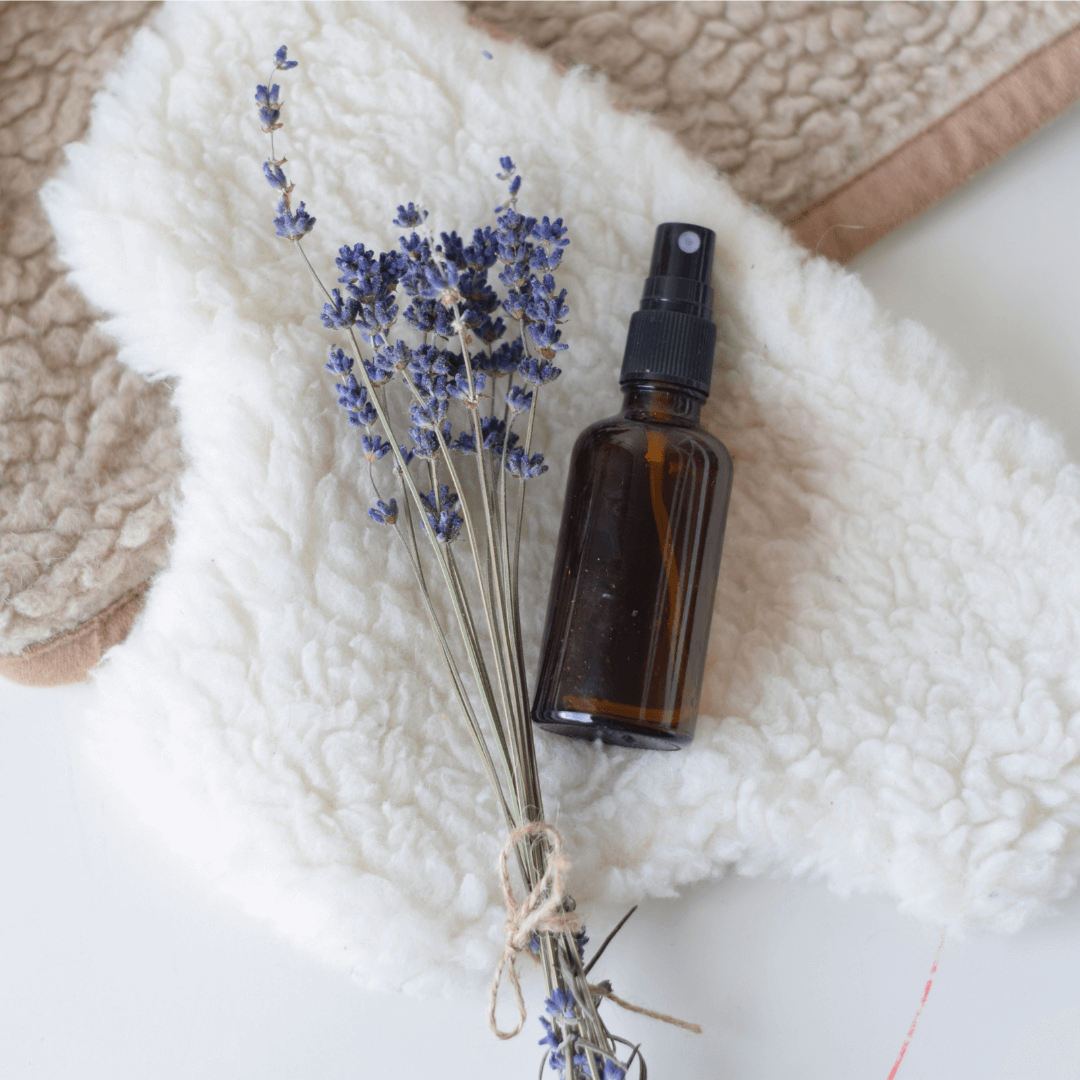

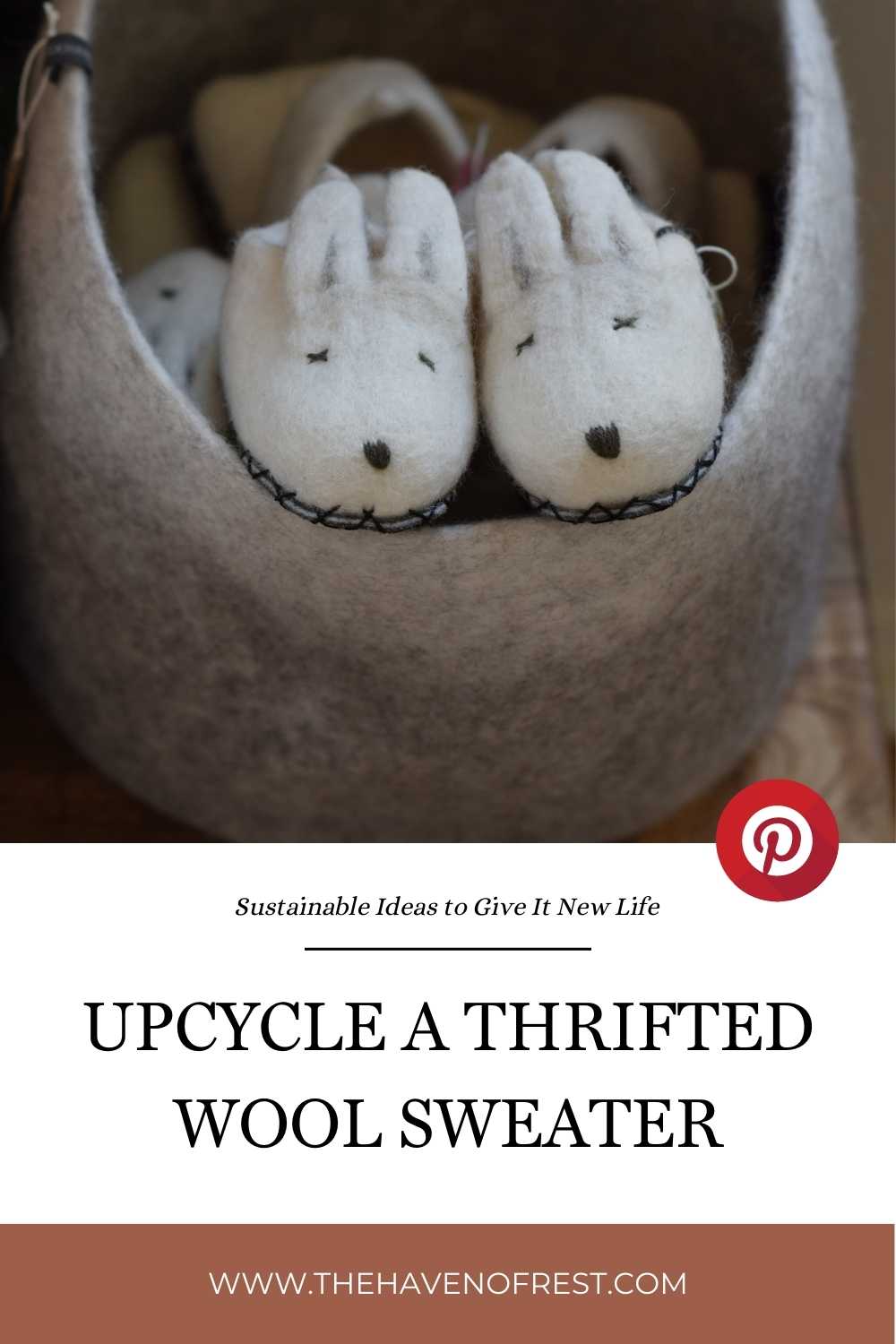
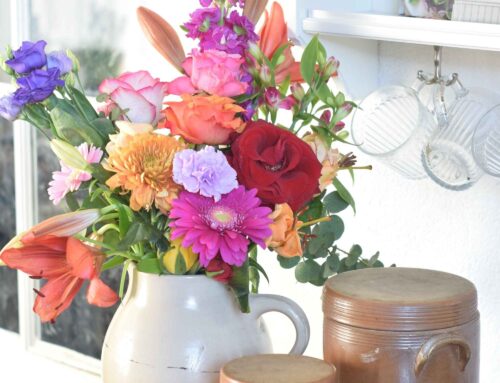
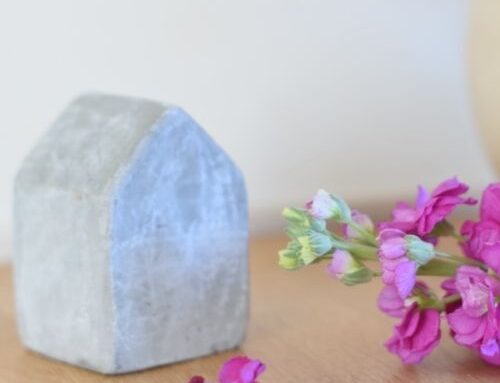
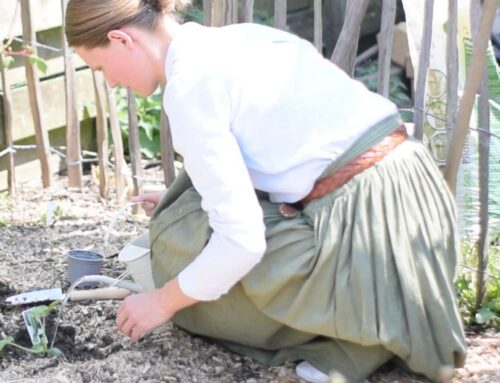
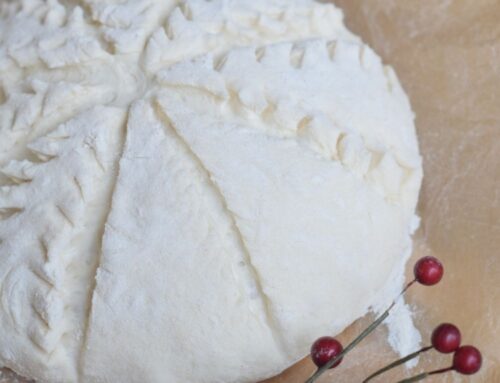



We raise sheep & old wool sweaters are great for newborn lambs in January. Likewise, they make great doggie vests if you’re in town & don’t have sheep!
That’s a great tip Anna, I hadn’t thought about that! If you’re in the area Tapestry Homestead is a good place to stop by.